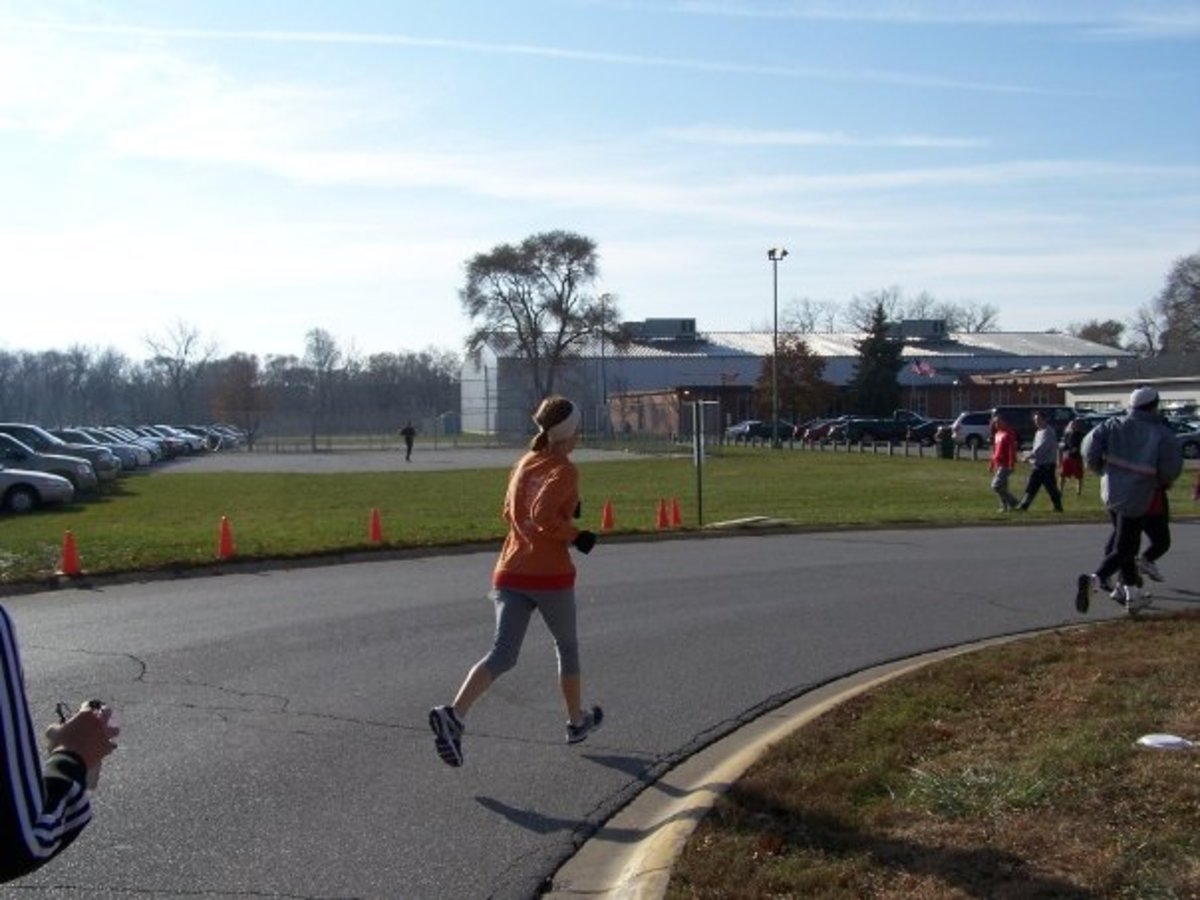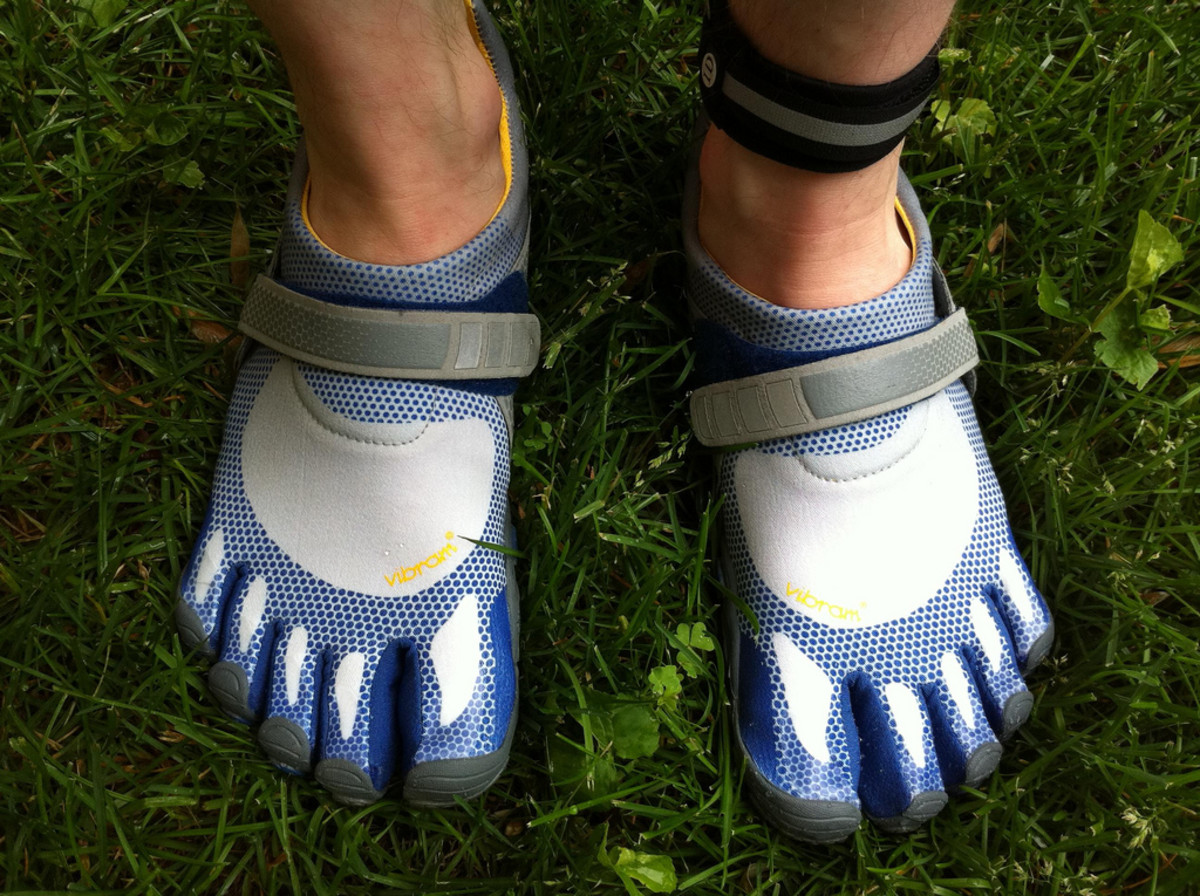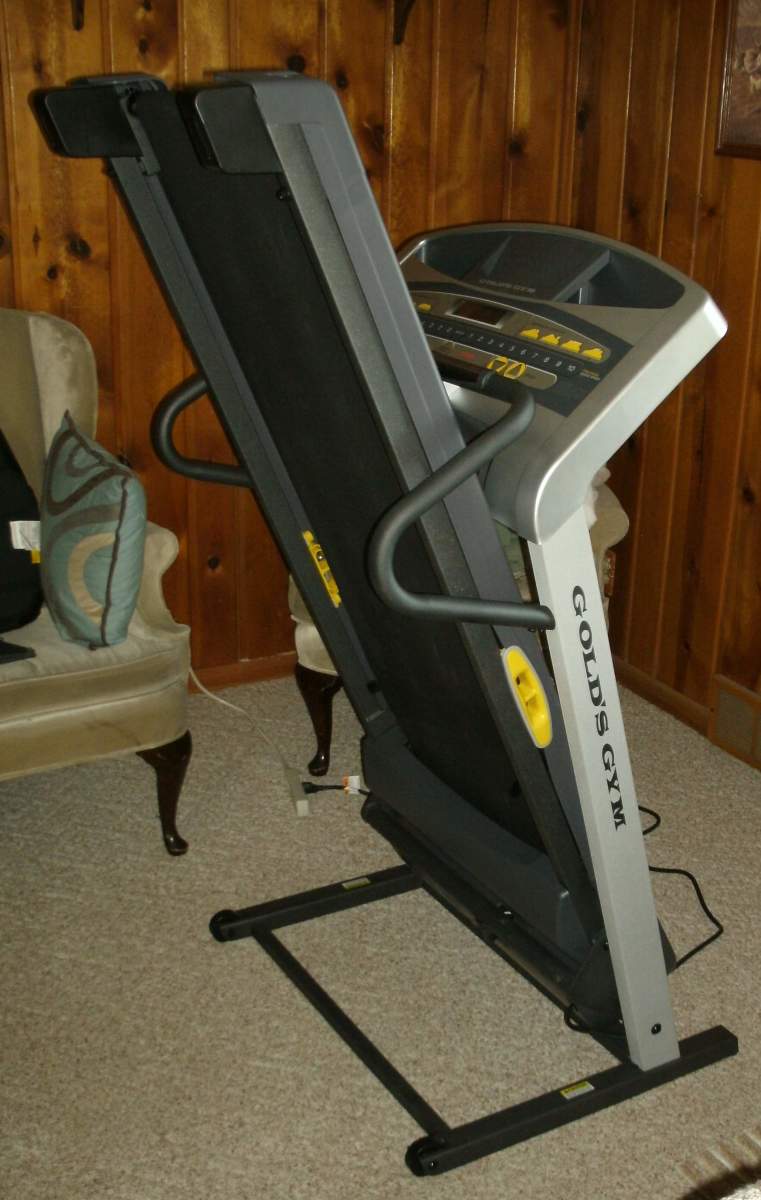How to Avoid Shin Splints
What Are Shin Splints?
Shin splints can cause burning pain in the lower legs. They are most common in runners. But a person can also get shin splints from walking. Walkers who walk on rough terrain and on hills are more likely to get shin splints.
Shin splints occur when a person works out underused muscles. Usually, the tendon connecting the muscles of the foot and the lower leg bones gets stretched. The result is the sharp, shooting pain of shin splints.
Wear Proper Shoes to Avoid Shin Splints
One of the most common reasons for shin splints is wearing the wrong shoes. Get shoes made specifically for running. They should provide plenty of support. Ask a knowledgeable salesperson at the shoe store for recommendations for shoes that help avoid shin splints.
Another option, or an additional measure, to avoid shin splints is to use shoe inserts. Sometimes the low price of shoe inserts can help you completely avoid shin splints.
Warming up before exercise is common advice for
lots of reasons. Avoiding shin splints is one of them. Concentrate
especially on warm up exercises that stretch the hamstrings. Another way
to help avoid shin splints is to stretch out the Achilles tendons
before running or walking. Don't just stretch before running or walking.
Stretching after exercising, concentrating on the shins, calves,
hamstrings, and Achilles tendons, can help you avoid shin splints
altogether.
Try to strengthen your shin and calf muscles. Weak
shins and calves can cause pain in the area.
Don't do the same
exercises daily that stress these muscles. If you walk or run, do it
every other day instead of daily. This is just until you get the
underused muscles stronger. The reason for doing this is because shin
splints are caused by weak muscles that are worked too hard. They need
time to heal. So, every other day, try biking or swimming for instance,
instead of running or walking.
Try changing the location of your
exercising. Sometimes it's the surface that causes shin splints. Running
on concrete and asphalt are possible contributors to shin splints. Try
to find a dirt or grass surface to run or walk, at least part of the
time. This may help avoid shin splints.
If you don't allow
yourself to rest when you get shin splints, it can eventually result in a
fracture. You don't have to avoid exercise entirely. Just try a
different exercise routine until you heal that doesn't stress the area,
such as swimming.









